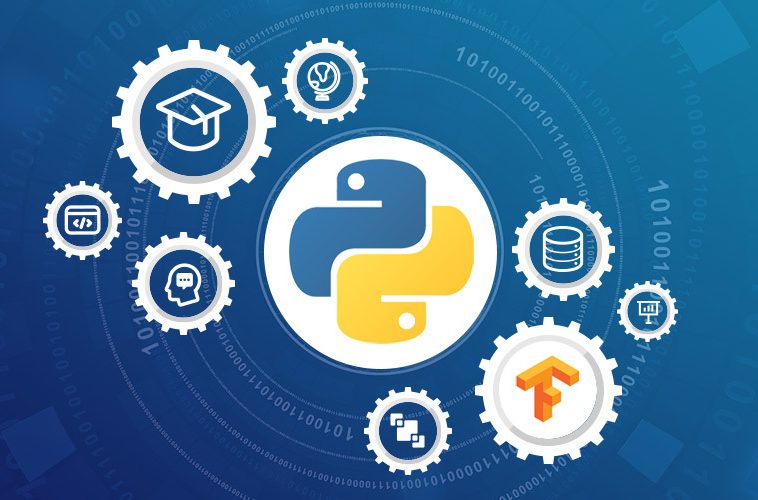Machine Learning with Python

Machine learning is becoming over the modern data-driven world and it is a growing
technology among many companies
to extensively support many fields, such as search engines, robotics, self-driving cars, and so
on.
Here in this course you can explore various real-time scenarios where you can use machine
learning.
This course will be making you to understand and implement all Machine learning algorithms with
exciting examples.
Every trainer will be delivering machine learning algorithms followed by practical session.
Most importantly you will be learning from trainers Bottom level to Top level all algorithms,
such as Linear Regression, Logistic Regression, Support Vector Machines, Principal Component
Analysis,
Time Series Analysis Deep Neural Networks, and so on.
This is going to friendly to Python programmers and data analyzers to play around with the code
to implement
machine learning techniques.
Course Outline
Introduction to Python
- The Print Statement
- Comments
- Python Data Structures & Data Types
- String Operations in Python
- Simple Input & Output
- Simple Output Formatting
Python Program Flow
- The IF Statement and it's Related Statements
- And Example with IF and it's Related Statements
- The While Loop
- The For Loop
- The Range Statement
- Break & Continue
- Assert
- Examples for Looping
Functions & Modules
- Create your own Functions
- Functions Parameters
- Variable Arguments
- Scope of A Function
- Function Documents/Docstrings
- Lambda Functions & Map
- An Exercise with Functions
- Create A Module
- Standard Modules
Exception Handling
- Errors
- Exception Handling with Try
- Handling Multiple Exceptions
- Writing your Own Exceptions
File Handling
- File Handling Modes
- Reading Files
- Writing & Appending to Files
- Handling File Exceptions
- The WITH Statement
Classes in Python
- New Style Classes
- Creating Classes
- Instance Methods
- Inheritance
- Polymorphism
- Exception Classes & Custom Exceptions
Loading Data in Python for Data Analysis
- Import Libraries
- Load Dataset
- Dimensions of the Dataset
- Peek at the Data
- Statistical Summary
- Class Distribution
- Data Visualization
- Univariate Plots
- Multivariate Plots
Different Types of Plotting Using Python
- Simple Plots
- Standard Time Plot
- Plots with Different Strokes
- Coloured Plot
- Another Coloured Plot
- Dotted Plot
- Curve and Point
- Bar Plot
- Multi-Coloured Plot
- Polar Plot
- 2D Data Plot
- 3D Bar Graph
Classification of Model Building
- Classification of Linear Regression
- Implementing Linear Regression
- Classfication of Logistic Regression
- Implementing Logistic Regression
- Classification of Naive Bayes
- Implementing Naive Bayes
Foundational Machine Learning
- Introduction to Predictive Modeling
- Understanding the Support Vector Machines (SVM's)
- Using SVM's
- Introduction to Clustering
- Introduction to Unsupervised Learning
- Using the K-Means Algorithm
- Evaluating the Perfomance of Clustering Algorithms
- Using DBScan Algorithm
Advanced Machine Learning
- Introduction to Principal Component Analysis (PCA)
- Implementing the Principal Components with Clusters
- Understanding the Concept of Nearest Neighbours Algorithm
- Implement K-Nearest Neighbours
- Introduction to Text Data Analyzing
- Preprocessing Data using Tokenization
- Implementing Text Analysis
- Introduction to Speech Recognition
- Reading and Plotting Audio Data
- Introduction to Time Series Analysis
- Slicing Time Series Data
- Operating on Time Series Data
Deep Learning & Neural Networks
- Understanding the Components and Structure of Artificial Neural Networks
- Understanding and Implementing a Perceptron
- Implementing a Single Layer Neural Network
- Implementing a Deep Neural Network
- Creating a Vector Quantizer
- Describing the Recurrent Neural Network for Sequential Data Analysis